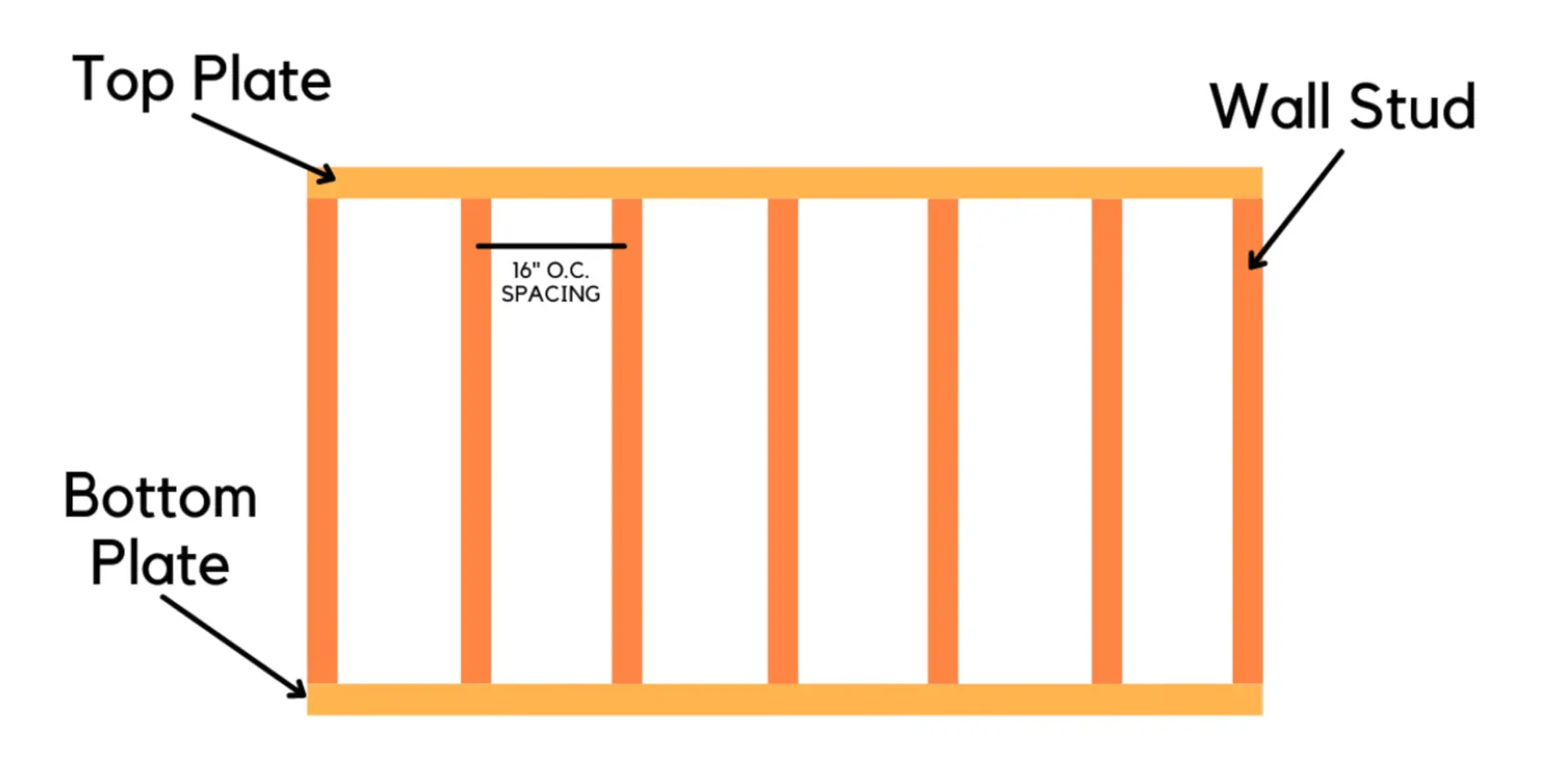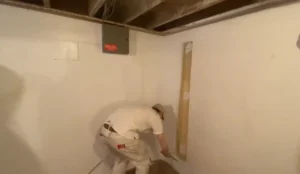Finishing a basement ceiling can be tricky. Maybe you’ve started seeing exposed ductwork and pipes, or perhaps you want to add some style while maintaining easy access to utilities.
These challenges are common among homeowners looking to convert their basements into livable spaces.
A well-finished basement ceiling transforms the room aesthetically and improves its function and comfort. For instance, using Trusscore products ensures durability and moisture resistance—essential features for any basement project.
In this article, “Ultimate Guide: How To Finish A Basement Ceiling Like A Pro,” you’ll discover practical tips and innovative ideas to complete your basement ceiling with ease. Get ready to give your basement a professional touch!
Key Takeaways
- Consider Ceiling Height: Measure ceiling height to decide between options like drop ceilings or painted exposed beams for efficient utility access.
- Plan Electrical Layouts: Use tools such as laser levels and chalk lines for accurate outlet positioning and safety.
- Choose Moisture-Resistant Materials: Opt for products like Trusscore Wall & CeilingBoard that resist moisture and are easy to install.
- Explore Modern Designs: Painted corrugated metal or black-painted exposed beams give a sleek, modern look while hiding structural flaws.
- Install Easily Accessible Drop Ceilings: Utilize lightweight tiles from brands like Ceilume, ensuring simple future maintenance of pipes, wires, and ducts.
Key Considerations Before Starting
Before starting your basement ceiling project, consider the height of the space. This will influence whether you can use a drop ceiling or need to look for low-profile options.
Assessing space and structural limitations
Ceiling height plays a crucial role in finishing your basement. If the ceilings are low, consider options that won’t reduce height significantly, like painted exposed beams. For higher ceilings, drop ceilings or suspended ceiling tiles offer easy access to plumbing and electrical systems without compromising aesthetics.
Storage needs also impact your design choices. Utilize furring strips to create space for overhead storage while maintaining a clean look with drywalling or tongue-and-groove edge planks.
Lighting considerations are equally important; ensure adequate lighting by installing efficient LED fixtures or track lights. Properly planning these elements will provide both functionality and style in your renovated space.
Assessing electrical requirements helps prevent future headaches. Use tools like laser levels and chalk lines to position outlets accurately. Plan out where you’ll need power sources before starting installation work on materials like Armstrong Ceiling Planks and Easy Up Tracks.
Ensuring all wiring is up-to-date can help avoid potential safety hazards down the road.
Choosing materials based on moisture resistance
Moisture resistance stands as a crucial factor when picking materials for basement ceilings. Trusscore Wall&CeilingBoard offers an excellent choice due to its water-resistant nature.
Available in bright white or soft gray, these panels enhance the aesthetic appeal and also resist moisture effectively. Their lightweight design—40% less than drywall—makes installation easy and quick, taking just one-fourth of the time usually needed.
It’s wise to use inorganic materials to prevent mold growth, advised by Larry Jenesky from Basement Systems. Conducting a moisture test before starting helps determine if further waterproofing steps are necessary.
Simple measures include redirecting downspouts and regrading lawn slopes. Applying a waterproof coating or paint adds another layer of defense against moisture intrusion.
“Using water-resistant materials is essential for long-term durability,” suggests Larry Jenesky from Basement Systems.
Innovative Ceiling Ideas to Transform Your Basement
A painted corrugated metal ceiling can give your basement a sleek, modern look. Tin ceilings add charm and sophistication while hiding imperfections in the structure above.
Painted exposed beams for a modern look
Transforming your basement becomes easy with painted exposed beams. Using a matte blue color like Sherwin Williams Smoky Blue (SW 7604) creates a sleek and modern appearance. This hue adds depth and character, making the space feel cozy yet stylish.
Exposed beams painted in black give the room an industrial vibe, perfect for those who love loft-style designs.
Industrial pendant lights from Amazon can be added to highlight the beams and provide ambient lighting. These lights are affordable yet effective in enhancing the overall aesthetic of your home improvement project.
With only two exposed beams remaining in a large room, hiding other posts inside closets keeps functionality while maintaining visual appeal. This approach merges practicality with design sophistication seamlessly.
Installing drop ceilings for easy access to utilities
Install drop ceilings to simplify access to utilities in your basement. Ceilume offers over 40 styles of ceiling tiles, available on Amazon with free delivery. Start by attaching L supports around the perimeter using Armstrong Quick Hang Ceiling Grid and metal quick-hang brackets.
Measure the space carefully before cutting and fitting the tiles into the grid.
Choose lightweight drop ceiling tiles that are easy to manage and come in various sizes. Some options even provide soundproofing or fire resistance for added safety. This method provides a polished look and makes it easier to reach pipes, wires, and ducts if repairs are needed later on.
Conclusion
Completing your basement ceiling can transform the space. Using moisture-resistant materials, like Trusscore Wall&CeilingBoard, ensures durability. Exploring creative ideas such as painted beams or drop ceilings can add a unique touch to your renovation.
FAQs
1. What are some popular basement ceiling ideas?
Pressed metal, drywall, and exposed beams are popular basement ceiling ideas that add style to your space.
2. How do I prepare the walls before finishing the basement ceiling?
Ensure walls are clean and dry. Fix any cracks or leaks to prevent future damage.
3. Can interior designers help with choosing a basement ceiling design?
Yes, interior designers can provide expert advice on materials and styles for your basement ceiling.
4. Is it important to consider floors when planning a new basement ceiling?
Absolutely! Make sure your floor plan complements the chosen ceiling design for a cohesive look.
5. Where can I find more information about finishing a basement ceiling like a pro?
You can visit websites or read electronic communications such as emails from experts in home improvement for detailed guidance.






